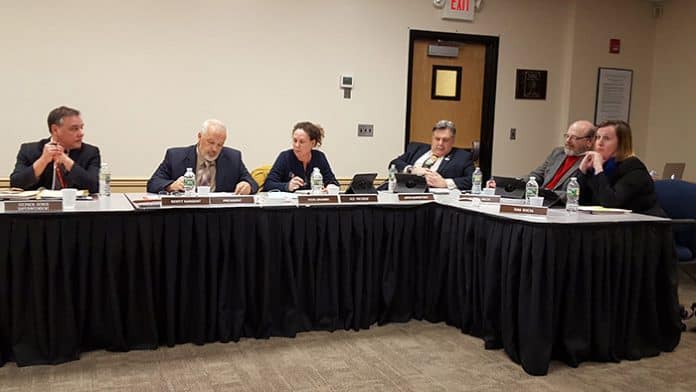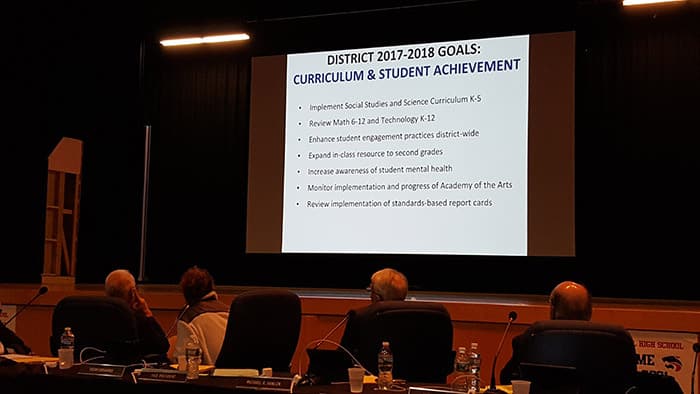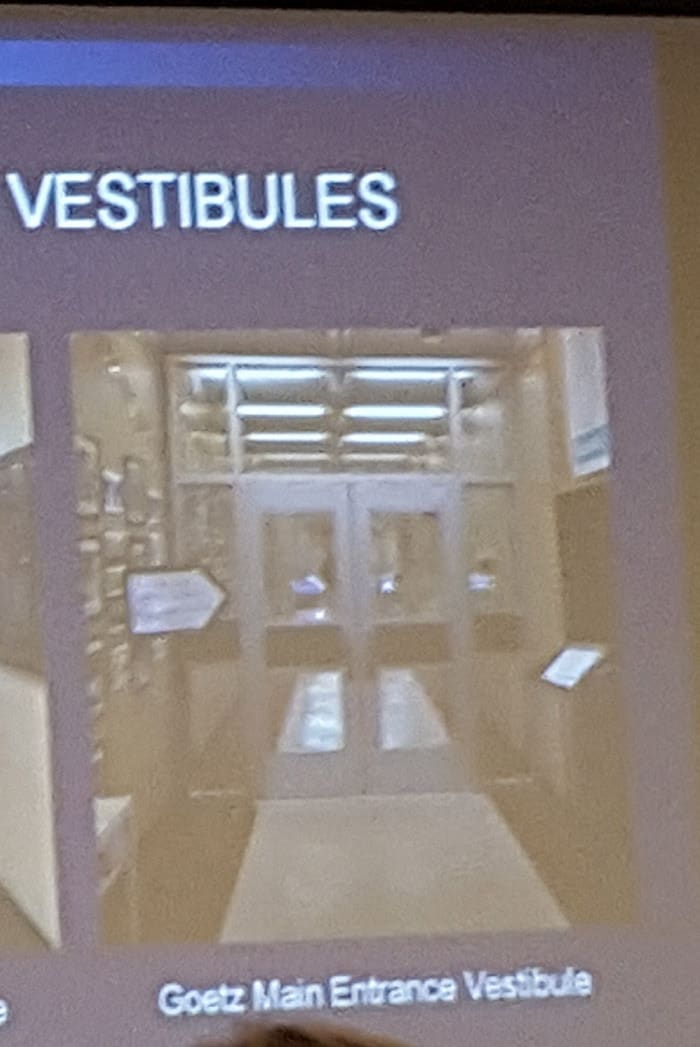
JACKSON – Taxpayers may see an increase in this year’s school board budget which was introduced during a recent board of education meeting. The spending plan required some scale back on improvement projects that had been looked at last month.
Few turned out for the meeting, which had been postponed from earlier in the month, amid the wintery mix that marked the first day of spring. No one present from the public spoke about the spending plan at the meeting.
The tentative budget will support the district’s curriculum and safety projects, but limits investments in other areas in the face of rising costs.
The proposed $153,830,585 spending plan is up a total of 1.77 percent from the previous school budget. The general fund tax levy is increasing by 3.13 percent, or $2,547,602.
By law, districts can’t increase the levy by more than 2 percent. They call this the 2 percent cap. In this case, the district is utilizing a state-permitted cap waiver. This is allowed because it is facing healthcare costs that exceed the state limits to increase the general fund tax levy beyond the normal 2 percent cap.
The total school tax rate under this tentative budget is $1.33 per $100 of assessed home value, which is an increase of 2 cents per $100 from the previous year’s budget. It will cost the average homeowner approximately $92 more per year in school taxes, based on the average home assessment of $327,046 as provided by the tax assessor’s office.
Helping to offset costs for taxpayers this year is a $486,500 increase in state aid – which at a less than a one percent increase is still the biggest state aid increase the district has seen in six years.

The district is also returning $378,504 in unused funds from an old bond question to bring down the district’s debt service tax levy.
During the session, Superintendent Dr. Stephen Genco explained the development of the spending plan and why certain decisions were made.
“Given rising health insurance and other costs, it took a lot of work and a lot of hard choices to get to this budget,’’ said Genco. “We are able to make investments in our curriculum and to continue safety and security projects, but we had to dial back a number of other elements of our facilities improvement and technology plans.”
In accordance with the school district’s five-year curriculum plan, this tentative budget includes investments in the district’s math curriculum in grades 6-12, as well as district wide programs in media, technology and business.
The spending plan also supports programs related to responsive classroom training, which provides practical strategies to emphasize social, emotional and academic growth in a strong, safe school community.
Genco added that the budget provides maintenance and investments in the district’s technology infrastructure but doesn’t include several Promethean boards requested by the technology department.
The budget does include the last phase of the district’s plan to install security vestibules at each school and to accomplish limited facilities improvements such as re-siding modular classrooms, window projects, parking lot repairs and electrical work. Board members were briefed on those plans during a meeting held last month.
During that meeting other items of a lesser immediate priority were also outlined but those have been pushed back now. “We scaled down our budgets and our facilities improvements drastically, which is discouraging but was necessary for this year,’’ Genco said on March 20.

The superintendent added that “we are doing what we need to do to provide a safe learning environment, but just like many homeowners need to prioritize and strategize for another day, so do we.’’
The board and administration will continue to work on the tentative budget until the Tuesday, April 24 public hearing on the spending plan. The public hearing will start at 6:30 p.m. in the Fine Arts Center of Jackson Memorial High School.
“We aren’t finished trying to find ways to maximize every dollar entrusted to us,’’ Genco said. “This is still a work in progress and will be right up until the public hearing.”






